3 Ways to Celebrate National Pollinator Week
National Pollinator Week is a time to give bees, birds, and bats a little recognition. Pollinators, such as bees and butterflies, play a big part in getting our gardens to grow. Honeybees are directly responsible for pollinating one third of the food we eat. They help fertilize flowers, carrying pollen from one plant to another in exchange for food.
This week, we’re helping to educate people on the purposes these pollinators serve. Keep reading for three ways to celebrate pollinators in your garden.
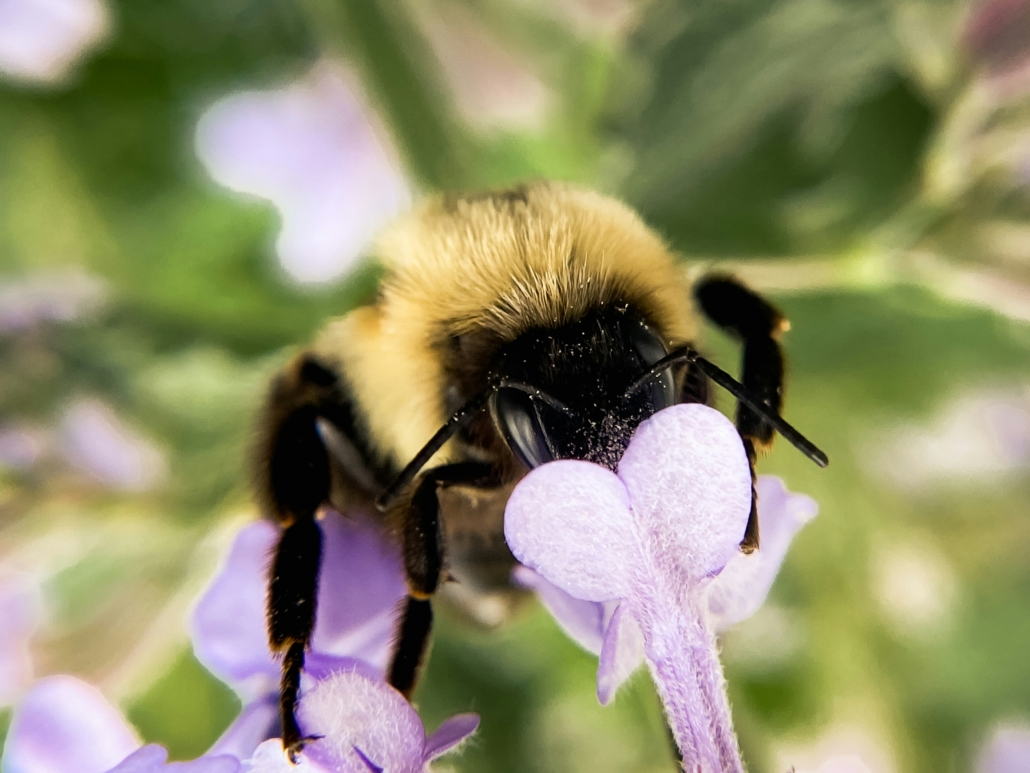
1. Plant a Pollinator-friendly Garden
To keep your garden beautiful, you can attract pollinators by planting flowers that appeal to them. Try adding native plants to an existing garden or creating a whole new garden specifically for pollinators. Choose plants that bloom at different times throughout the year, providing long-term food and shelter. Follow this simple formula. Plant tall flowers 18-20” apart, medium flowers 12” apart and short flowers 8-10” apart and then use Espoma’s Bloom! liquid plant food regularly for a boost.
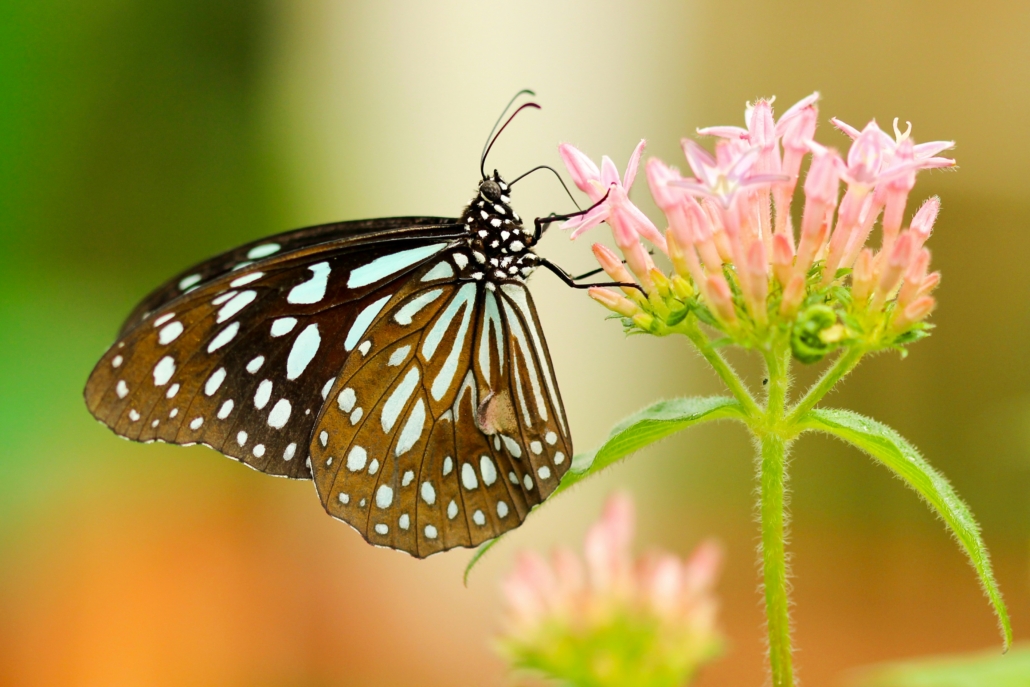
Pollinators especially love these flowering plants:
- Allium
- Alyssum
- Basil
- Bee balm
- Bergamot
- Cosmos
- Geranium
- Globe thistle
- Goldenrod
- Helianthus
- Lavender
- Mint
- Poppy
- Rosemary
- Sage
- Sunflower
- Thyme
- Verbena
- Wild rose
- Zinnia
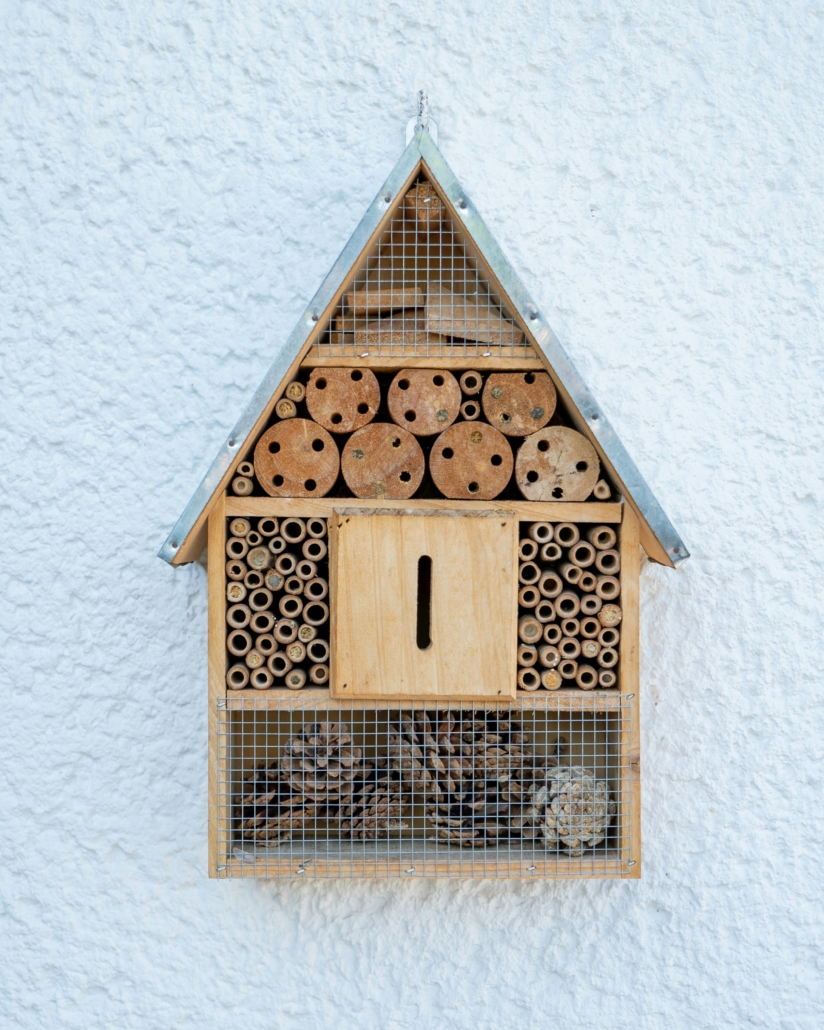
2. Build a Bee Hotel
Solitary bees, bees that live alone and not in hives, need a place to make their nests. Welcome these gentle bees to your garden by adding a bee hotel. Solitary bees don’t make honey and rarely sting. Females lay their eggs inside a small hollow tube and then they patch the door with mud. DIY or purchase a bee hotel at your local independent garden center to encourage pollinators to check-in to your garden.
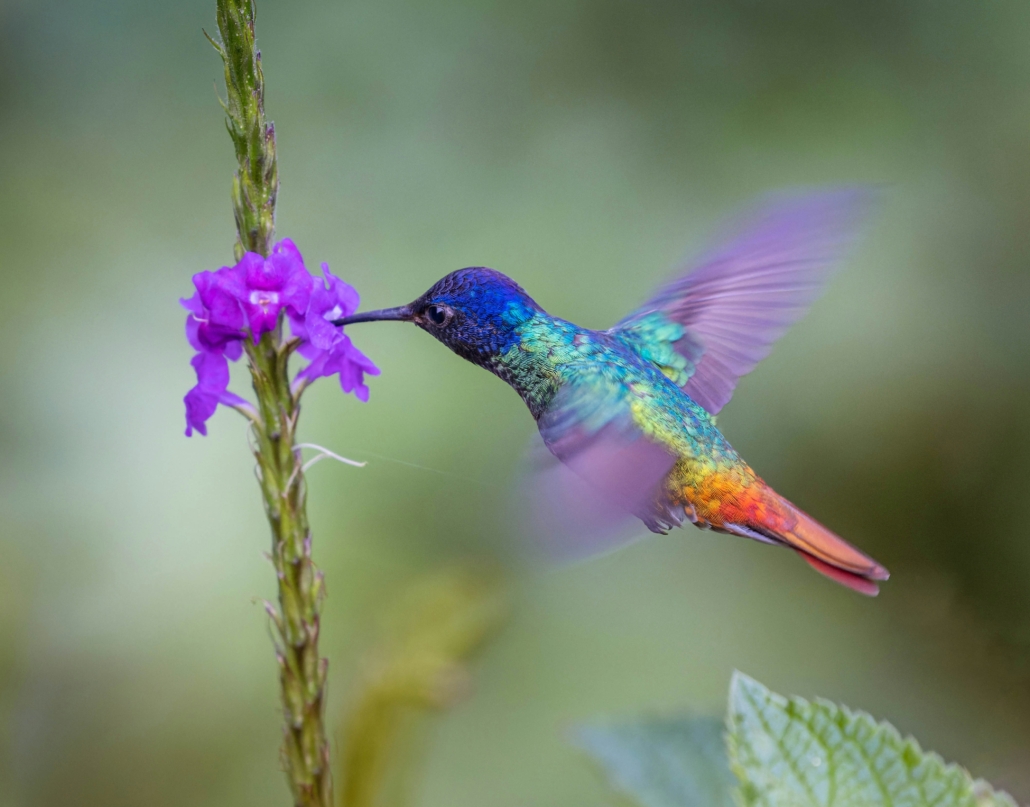
3. Increase Feather Pollinator Population
Insects aren’t the only pollinators around town. Hummingbirds are also great pollinators. Build a Hummingbird feeder in your yard to encourage our furry friends to stop by. Ask kids to help building a feeder that will attract these polite birds. The plants that are pollinated by Hummingbirds tend to produce more nectar than plants pollinated by insects, so penciling in some time to create a feeder will pay off in the long run.
*****
Check out these Breathtaking flowers butterflies will love!
Featured Products:
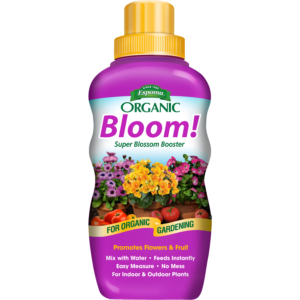
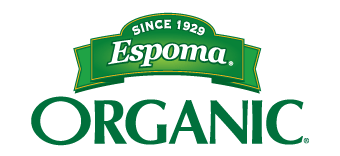
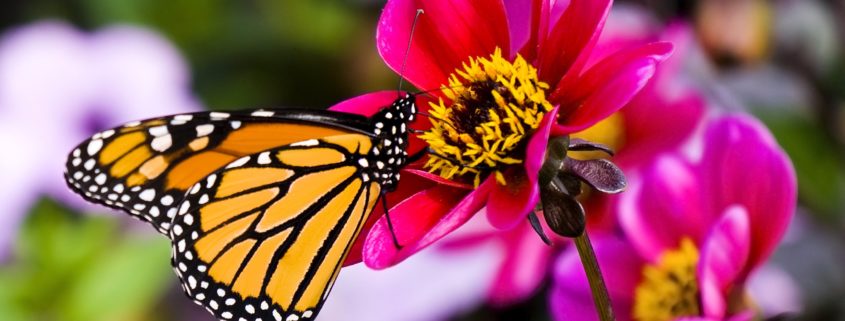
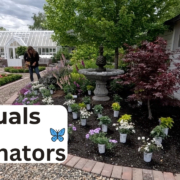
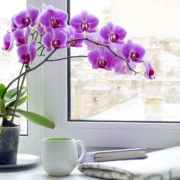
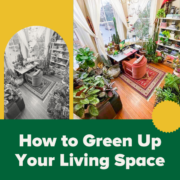
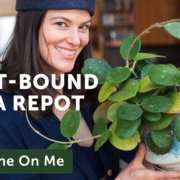
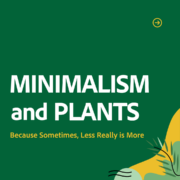


Trackbacks & Pingbacks
[…] each region gets a different amount of rainfall, native plants tend to do best. You will want plants that do well in wet and dry conditions. Rainfall will add up […]
Comments are closed.